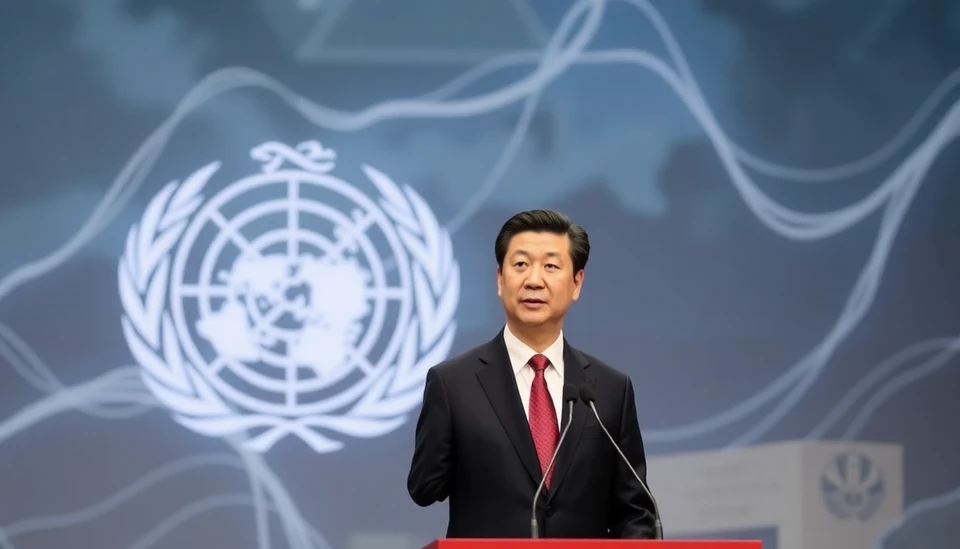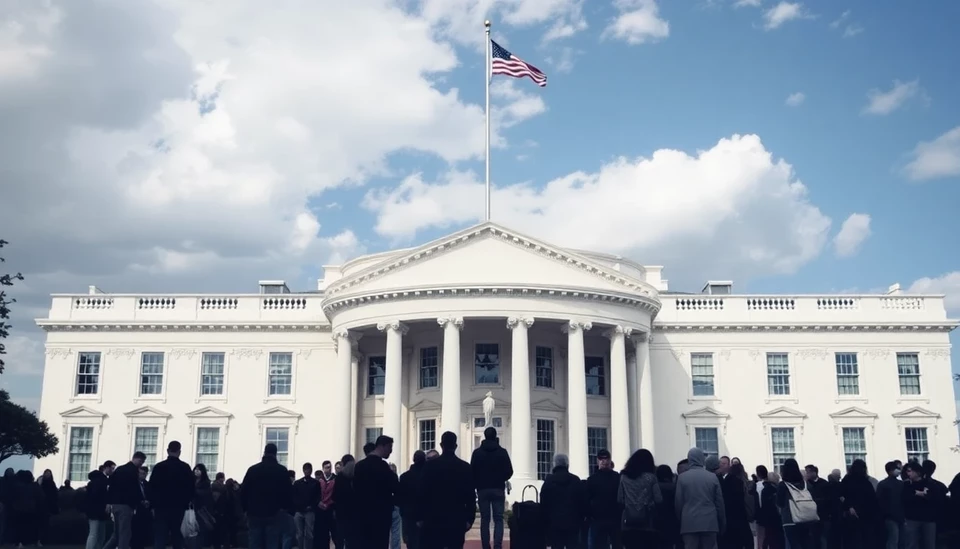
In a significant downturn for the Chinese battery manufacturing sector, companies are grappling with the compounded impact of new tariffs imposed by the United States, alongside persistent domestic challenges. The dual burden is causing serious concern among industry leaders, who fear that both internal strife and external pressures could stifle growth and innovation within this crucial segment of the economy.
The recent imposition of tariffs on Chinese-made battery components has created an urgent crisis for manufacturers. With the U.S. government looking to invigorate its domestic production capabilities by reducing reliance on foreign suppliers, Chinese companies find themselves caught in a tightening vice. Many producers were already facing increased operational costs, and these tariffs are predicted to exacerbate those financial strains significantly.
Moreover, the tariffs come at a time when the Chinese market itself is displaying signs of weakening demand for electric vehicles (EVs). This has raised alarms over potential overcapacity in production lines, where many companies had ramped up output in anticipation of soaring international demand for EV batteries. As the domestic market softens, manufacturers are now either slowing their production or risking unsold inventory burdens, placing additional financial strain on their operations.
Key players in the industry are exploring various strategies to mitigate these pressures. Some firms are contemplating relocating parts of their production closer to Western markets to avoid hefty tariff penalties. However, this shift demands meticulous planning and substantial investment, posing challenges regarding logistics and labor.
Concurrently, the growing push for greener technologies has led to increased scrutiny of the environmental practices within the battery sector. Companies are being urged to adopt more sustainable production methods, which, while aimed at long-term benefits, can lead to short-term increases in operational costs, further complicating the financial picture for these manufacturers.
As a response, some stakeholders are calling for government intervention, advocating for policies that could help alleviate the pressures caused by tariffs and support local manufacturers facing heightened competition. Industry representatives argue that targeted aids, subsidies, or incentives could play a vital role in safeguarding the future of the Chinese battery sector amidst these tumultuous changes.
The intertwining of tariff ramifications and domestic economic challenges paints a challenging future for China’s battery makers. How these companies navigate through these complex waters may not only affect their bottom line but also have ripple effects on the broader electric vehicle market, especially in light of the global push towards sustainable transport solutions.
As the situation unfolds, the industry is turning its eyes towards potential policy changes and market dynamics that could alter the trajectory of battery production in China, with hopes of restoring stability and growth in this vital technology sector.
#ChineseBatteries #Tariffs #ElectricVehicles #BatteryManufacturing #ChinaEconomy #EVMarket #Sustainability
Author: Victoria Adams




